12 Priceless Artifacts That Disappeared Without a Trace
Throughout history, countless priceless artifacts have vanished, leaving behind only mysterious stories and unanswered questions. These missing relics hold immense historical, cultural, and religious significance, sparking intrigue and speculation. From ancient treasures to legendary objects, their disappearances continue to captivate historians, archaeologists, and treasure hunters alike. The search for these elusive pieces of history remains an ongoing quest, offering a glimpse into the past that may never fully be uncovered.
This post may contain affiliate links, which helps keep this content free. Please read our disclosure for more info.
The Ark of the Covenant
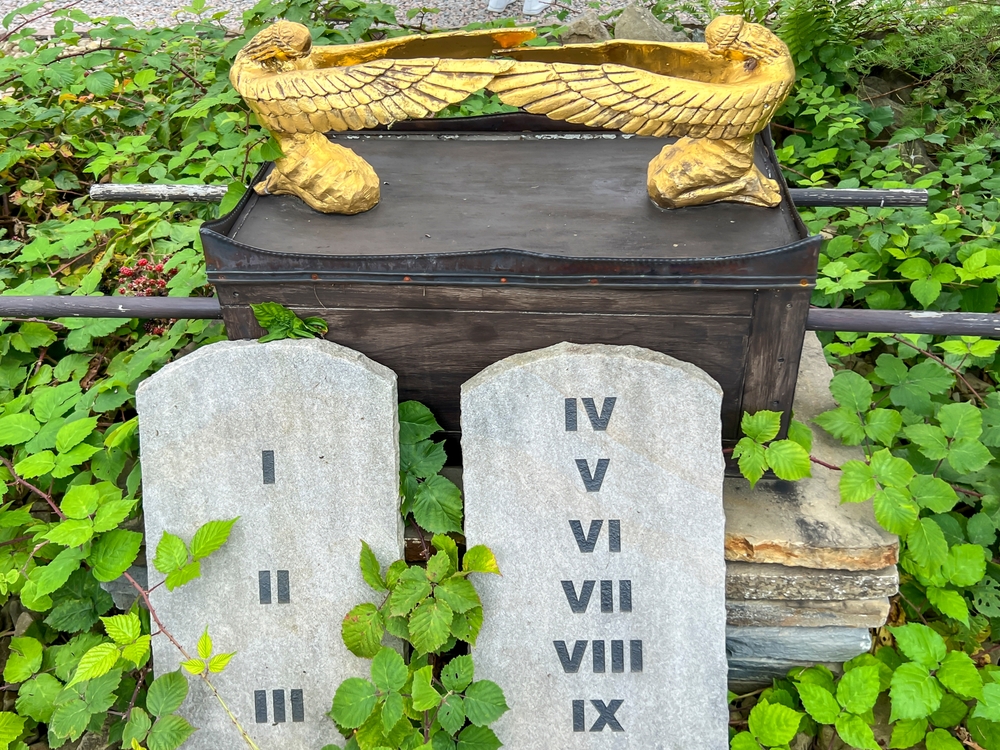
The Ark of the Covenant, a sacred container described in the Bible, is believed to hold the stone tablets given to Moses by God. Its significance is immense, as it symbolized the presence of God among the Israelites. Despite numerous historical references to its location, the Ark mysteriously vanished after the Babylonians destroyed the Temple of Solomon in 586 BCE. Some theories suggest that it was hidden away before the destruction to protect it from falling into enemy hands, but its final location remains unknown.
Over the centuries, many have claimed to have found the Ark, but none have provided convincing evidence. Some even speculate that it might have been taken to Ethiopia, where it is said to be kept in a church in Axum, though access to this site is strictly forbidden. The search for the Ark has inspired countless archaeological expeditions, but its true fate remains one of the most enduring mysteries of antiquity.
The Amber Room

Once described as the “Eighth Wonder of the World,” the Amber Room was an exquisite chamber adorned with amber panels, mirrors, and gold leaf, originally constructed in the Catherine Palace of Tsarskoye Selo near St. Petersburg, Russia. This masterpiece of craftsmanship was looted by Nazi forces during World War II in 1941. Following its removal, the Amber Room disappeared into the chaos of the war, with its whereabouts remaining unknown.
Several theories suggest it was hidden in Germany or perhaps even destroyed during the war, but no conclusive evidence has been found. In the 1970s, an effort to reconstruct the Amber Room was undertaken in Russia, creating a replica. However, the original remains lost, and its disappearance is often regarded as one of the most tragic cultural losses of the 20th century.
The Crown Jewels of Ireland

The Crown Jewels of Ireland were a collection of royal regalia used during the reign of the British monarchs in Ireland. They were stolen from Dublin Castle in 1907, under mysterious circumstances, and have never been recovered. Despite numerous investigations, no one has ever been convicted of the crime, and the jewelry remains one of the greatest unsolved thefts in British history.
The theft of these jewels has sparked various theories, from inside jobs to organized criminal activity. Some believe the jewels were melted down and sold for their gold content, while others suspect they may have been hidden in a secret location. Regardless of the theories, the Crown Jewels of Ireland remain an enduring symbol of a lost history.
The Honjo Masamune Sword

The Honjo Masamune sword is one of the most legendary katana blades ever forged, attributed to the master swordsmith Masamune. The sword became a symbol of power, belonging to the Tokugawa shogunate for centuries. However, it mysteriously vanished after World War II. It was last recorded in 1945 when it was surrendered by the Japanese government as part of the Allied occupation process.
Despite extensive searches, the sword has never been found. Some believe it was taken by American soldiers as a war trophy, while others think it was hidden away by someone within Japan. The Honjo Masamune remains a symbol of both the artistry of Japanese sword-making and the mystery of its disappearance. (Note that a real Japanese samurai sword and sheath are pictured above.)
Cleopatra’s Needle
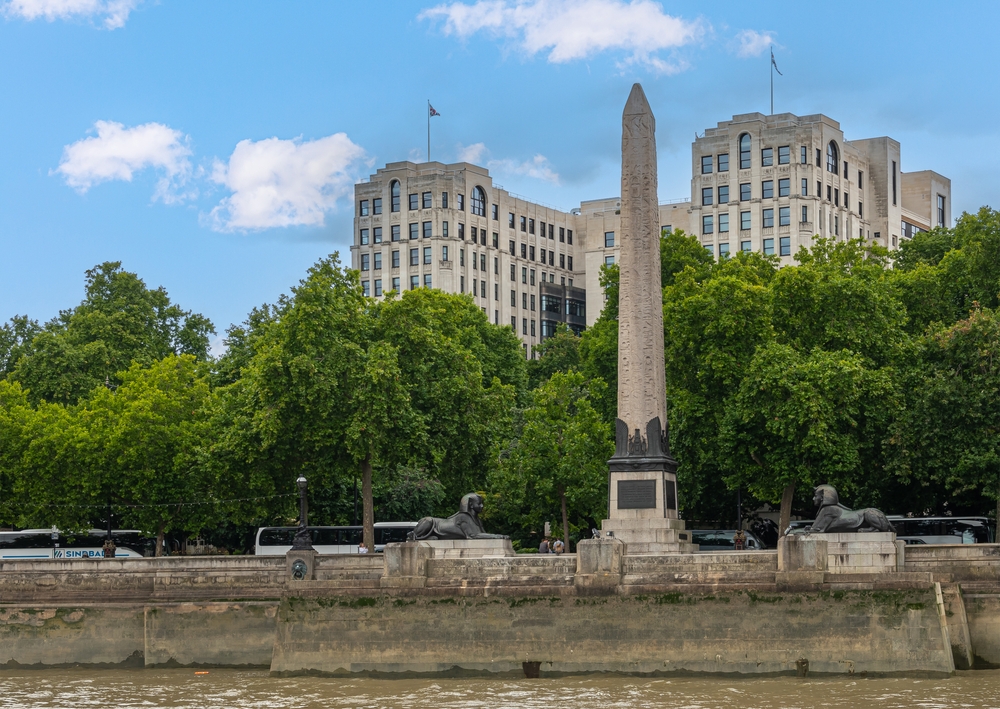
Cleopatra’s Needle is a pair of ancient Egyptian obelisks, originally erected in Heliopolis by Thutmose III in 1450 BCE. One of these obelisks was relocated to London in 1878, but the second one mysteriously disappeared. Though many believed it was lost to time, some theories claim that it was transported to a secret location by those who coveted it.
The lost obelisk continues to intrigue historians and archaeologists, especially since it was supposed to be a part of an important Egyptian monument. Its current location, if it still exists, is uncertain, with some speculating it may be hidden in a private collection or on an undiscovered site in Egypt.
The Library of Alexandria

The Library of Alexandria was one of the largest and most significant libraries in the ancient world, containing countless manuscripts, scrolls, and records of ancient knowledge. The library’s destruction, whether by fire or other means, is often attributed to several different historical events, but it remains unclear when and how it completely vanished. Its contents were believed to include works by legendary thinkers like Homer and Aristotle.
Despite extensive historical records describing its grandeur, no definitive remnants of the library have ever been found. Scholars and historians continue to search for any clues regarding the fate of the ancient texts, but the knowledge once housed in Alexandria remains lost to time. The disappearance of the Library of Alexandria stands as one of the greatest intellectual tragedies in human history.
The Lost Treasures of the Incas
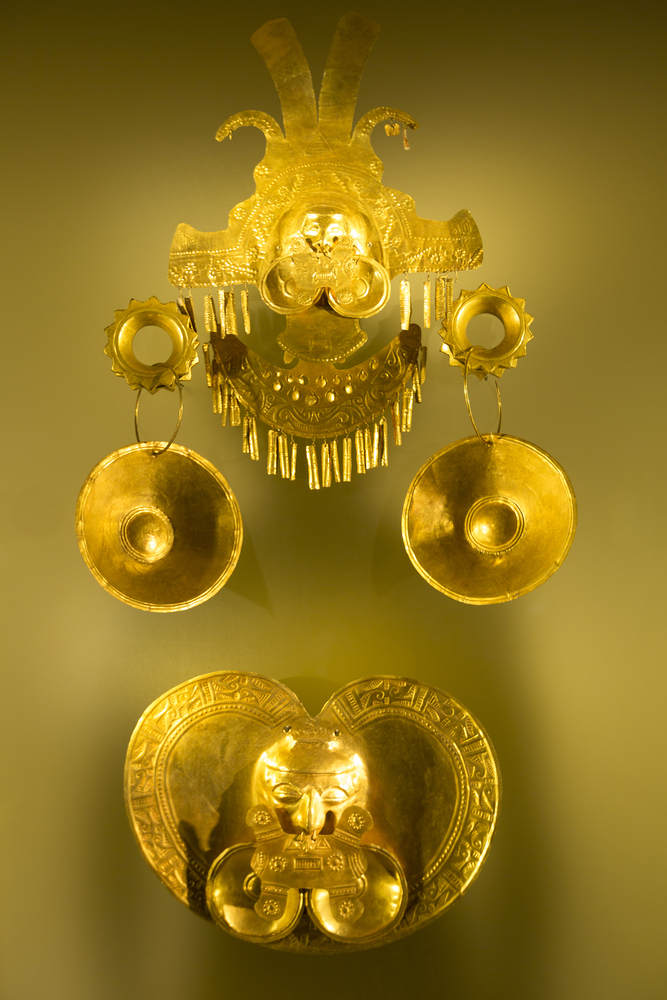
The Incas are known to have amassed vast treasures, including gold, silver, and precious stones, much of which was hidden away in secret locations. When Spanish conquistadors, led by Francisco Pizarro, defeated the Incas in the 16th century, they attempted to seize this treasure. However, much of it was hidden by the Incas themselves before their empire’s collapse.
Today, explorers and treasure hunters continue to search the mountains and jungles of South America for the lost treasures. Numerous claims have surfaced over the years, but none have led to the discovery of the fabled Incan treasure hoards. The legend of the Incas’ lost riches continues to captivate adventurers and historians alike.
The Holy Grail

The Holy Grail, the chalice used by Jesus Christ during the Last Supper, is one of the most enduring and sought-after artifacts in history. It is said to possess divine powers, and many legends have been written about those who sought it. Various locations have been proposed as the Grail’s resting place, including places in Europe and the Middle East.
Despite centuries of searching, the Holy Grail remains elusive. Whether it exists at all or whether it is purely a legend remains a topic of debate among scholars. Its disappearance is not just physical but also deeply symbolic, representing the quest for spiritual fulfillment.
The Crown of Charlemagne

The Crown of Charlemagne, worn by the Holy Roman Emperor, has immense historical significance as it symbolized the power and unity of the Holy Roman Empire. The crown itself disappeared during the 16th century, likely taken during the sack of Aachen by the French. Although there have been several claims that it was hidden to protect it, the true fate of the crown remains a mystery.
Despite multiple attempts to locate it, including modern-day searches, the Crown of Charlemagne has never been recovered. It is believed that the crown was either destroyed or sold off in pieces, leaving historians to speculate about its ultimate fate. Its loss has been one of the most significant gaps in the understanding of medieval European history.
The Elgin Marbles
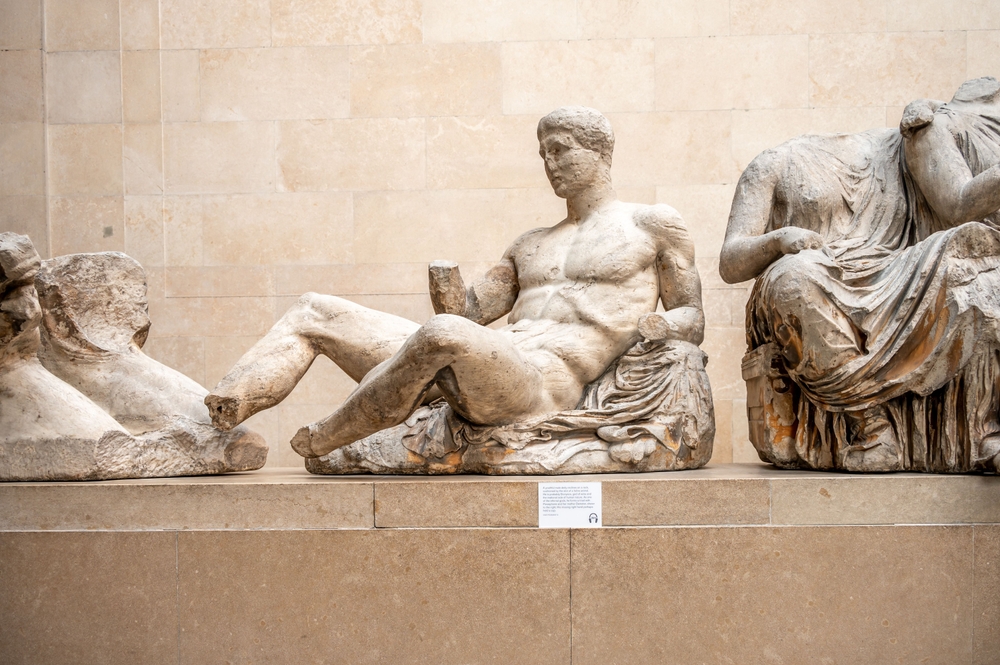
The Elgin Marbles, a collection of classical Greek marble sculptures, were taken from the Parthenon in Athens by Lord Elgin in the early 19th century. While they were moved to Britain and have been housed in the British Museum, the Greek government has long claimed that they were stolen. The marbles are of immense historical and cultural significance, and their return to Greece remains a subject of intense debate.
Some believe that the marbles were removed under dubious circumstances, while others argue that they were legally acquired. The Elgin Marbles’ controversial history continues to spark discussions on cultural heritage and the ethical ownership of historical artifacts. Their relocation is still seen as a loss for Greece, with many hoping that they will eventually be returned to their rightful home.
The Koh-i-Noor Diamond
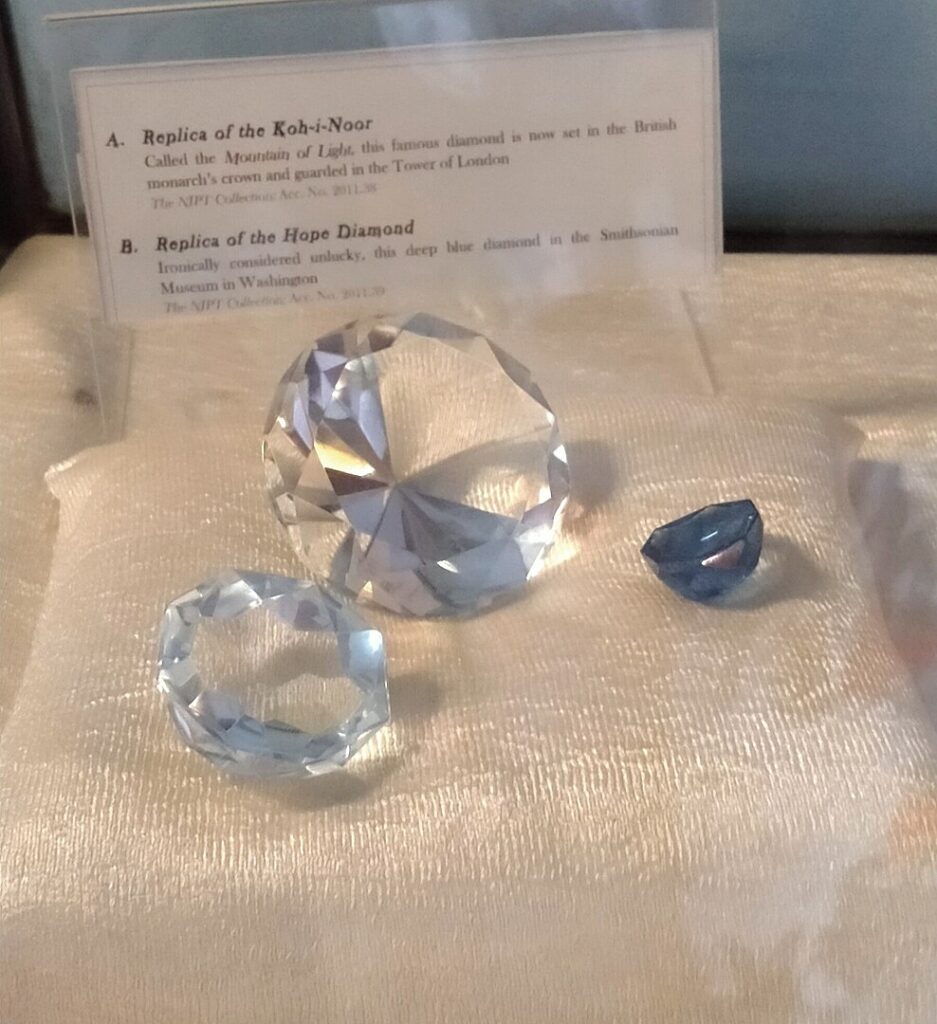
The Koh-i-Noor is one of the most famous diamonds in the world, with a long and tumultuous history. It was originally owned by various rulers in India and was eventually seized by the British during the colonial era. The diamond became part of the British Crown Jewels, but it remains a subject of dispute, with India, Pakistan, and Afghanistan all claiming ownership.
The Koh-i-Noor’s journey from India to Britain remains a tale of conquest and colonialism, and its true ownership continues to be debated. The diamond’s disappearance from its original home in India symbolizes a larger story of lost cultural heritage and the legacy of imperialism.
The Sword of Attila the Hun
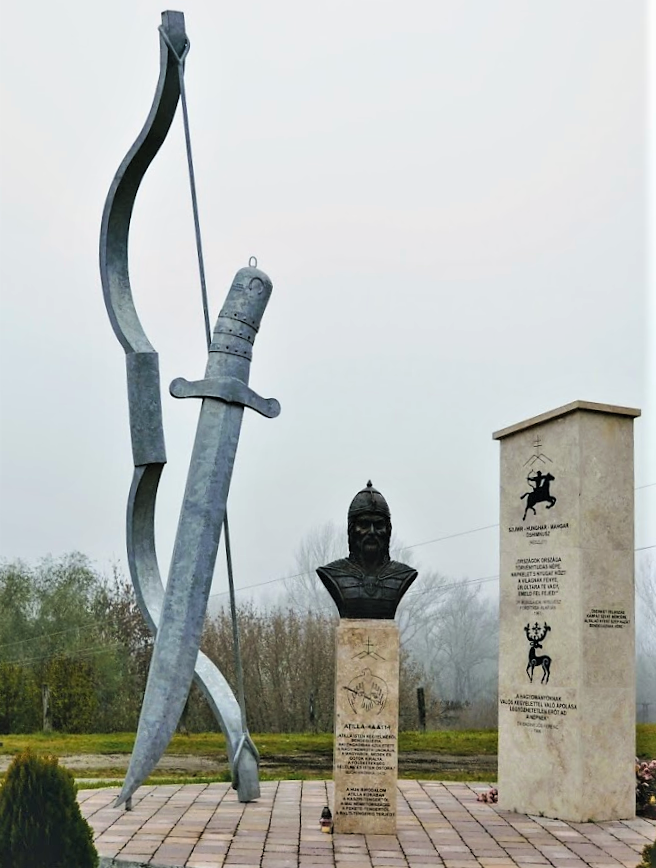
Attila the Hun, one of history’s most feared conquerors, wielded a sword that was believed to be of immense power. Legend has it that his sword was passed down through generations, but it vanished after the fall of the Huns. The sword was said to symbolize the strength of the Hunnic Empire, and its loss marks the end of an era.
While its disappearance is shrouded in mystery, some historians believe it was lost during the decline of Attila’s empire. The sword has never been found, and its whereabouts remain a source of fascination for those interested in the ancient world and its legendary rulers.
This article originally appeared on Avocadu.
